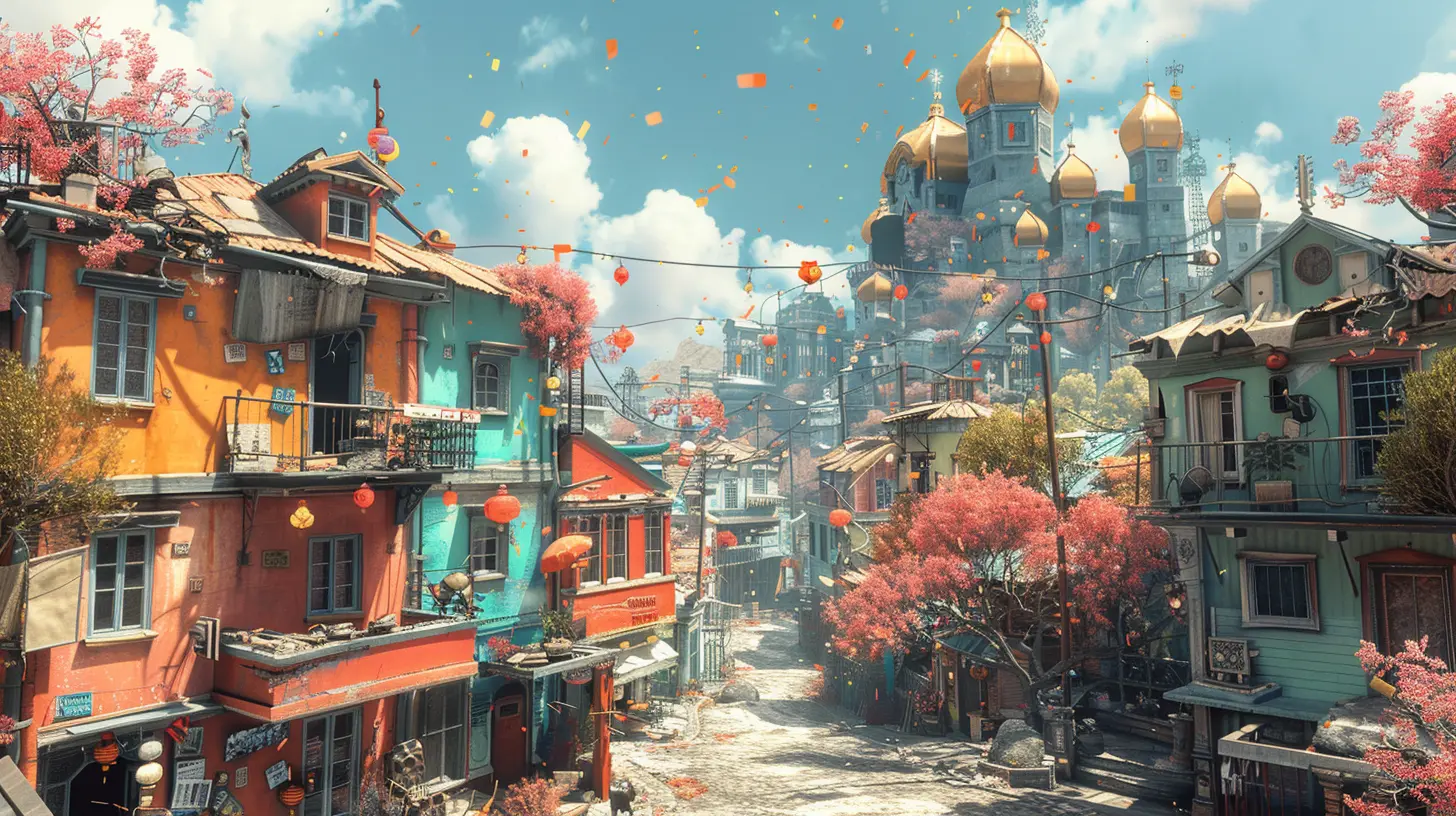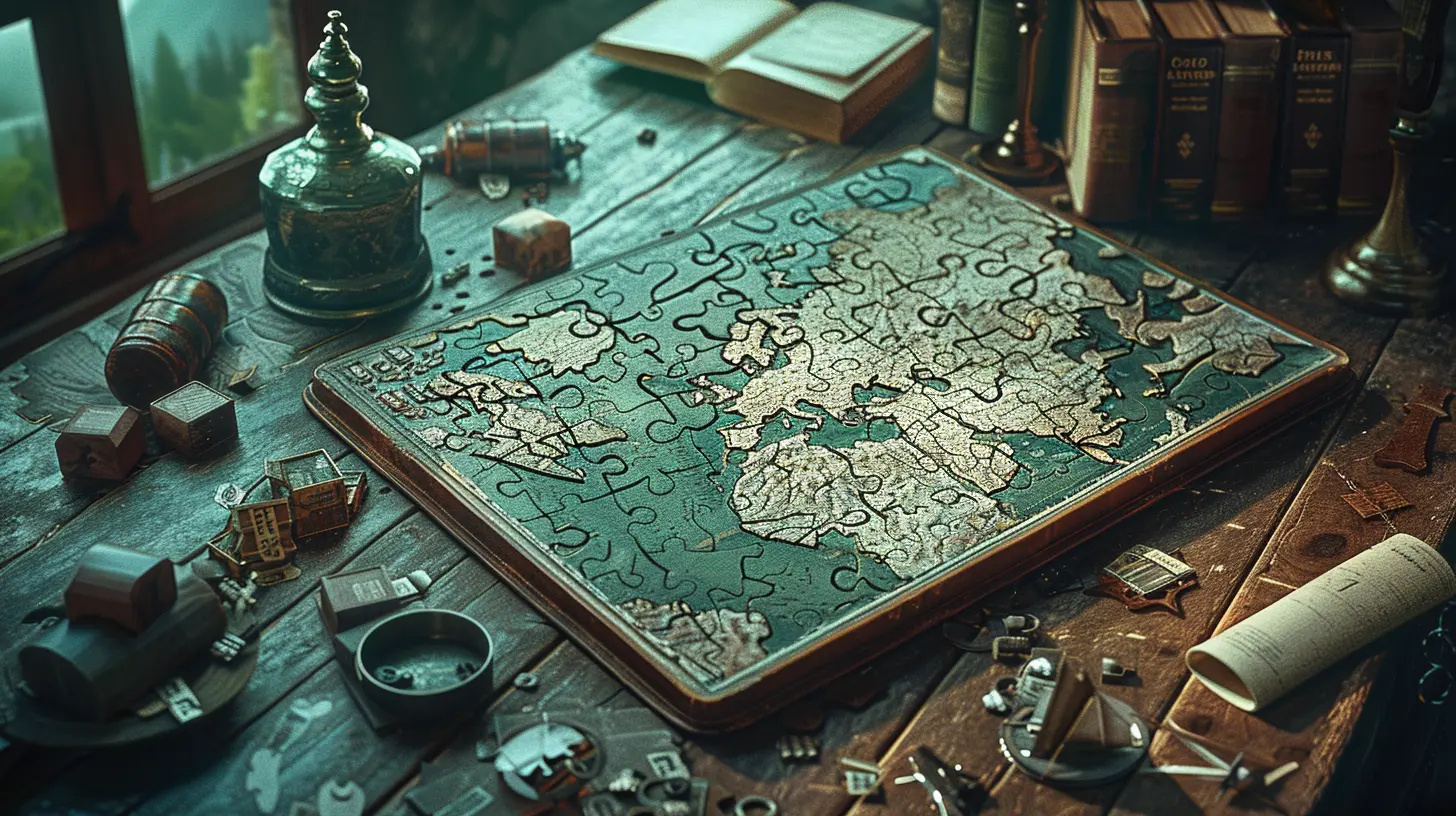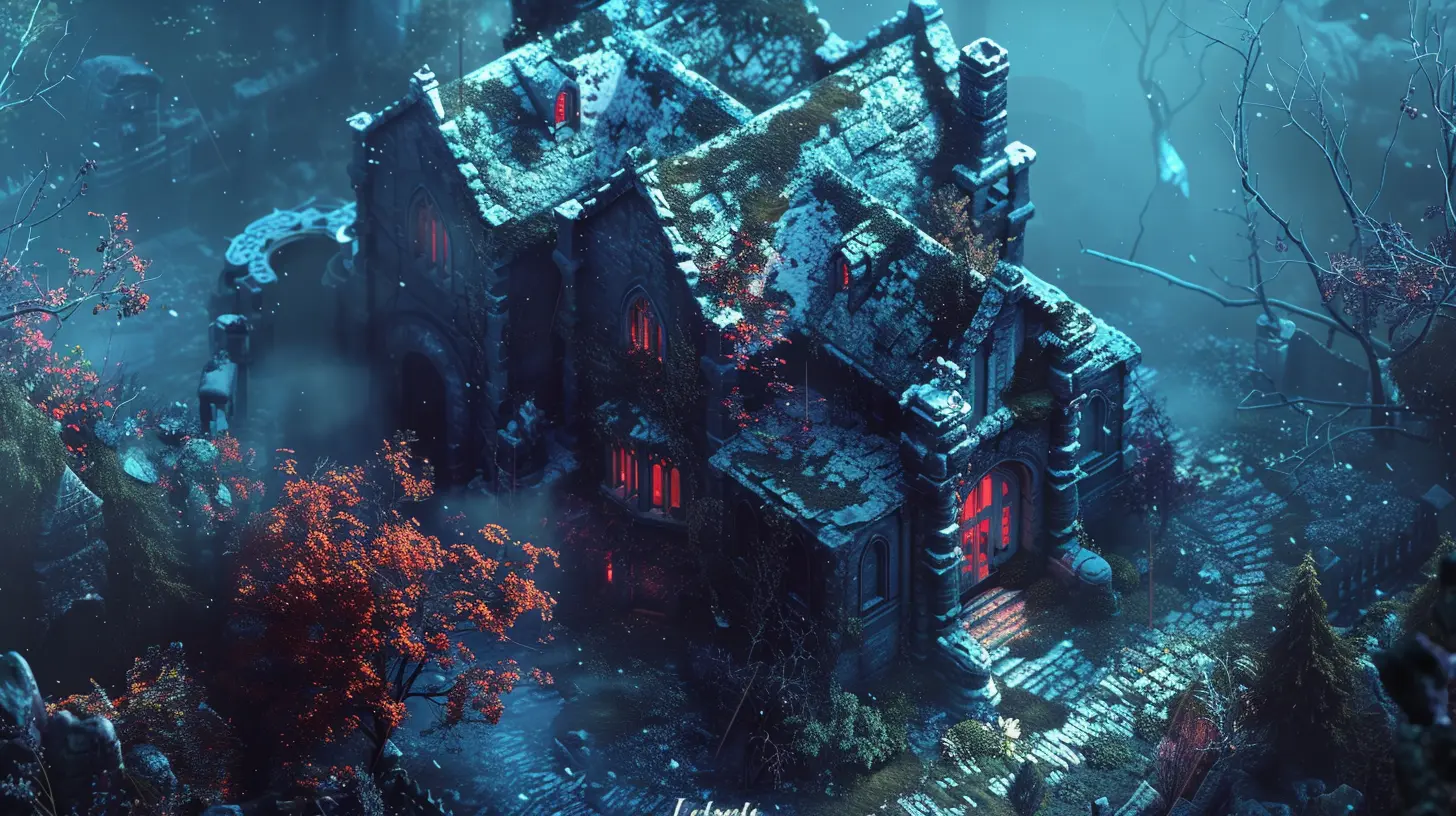How Narrative Puzzle Games Expand the Interactive Storytelling Genre
6 August 2025
If you're someone who loves games that make you think and feel at the same time, then narrative puzzle games are probably your jam. These aren't your typical match-three puzzles or mindless button mashers. Nope, we're talking about stories you don't just watch or read — you live them. Narrative puzzle games are doing something special right now. They're not just giving us fun little brain teasers; they're reshaping how stories are told in the gaming world.
In this deep dive, we're going to get into the nitty-gritty of how narrative puzzle games expand the interactive storytelling genre. We'll break down what makes them tick, why they work so well, and what makes them stand out in a crowded gaming landscape. Buckle up — this is going to be a satisfying blend of brain and heart.
What Are Narrative Puzzle Games?
Alright, first things first. Let’s get on the same page.Narrative puzzle games are hybrids — part storytelling, part brain-teasing, all wrapped into one immersive experience. While the ‘puzzle’ part engages your logic and problem-solving skills, the ‘narrative’ aspect connects you emotionally. These games don’t spoon-feed plot; instead, they let you uncover it piece by piece, usually by solving puzzles that are tied directly to the story.
Some well-known examples? The Witness, Portal, Return of the Obra Dinn, Outer Wilds, and What Remains of Edith Finch (though it leans more narrative than puzzle). These titles have pushed the boundaries of both gameplay and storytelling, often blurring the line between them entirely.
Why Puzzle Mechanics Make Stories More Personal
Ever notice how when you solve a tough puzzle, it feels like you’ve accomplished something? Now combine that with a story reveal. It’s like unwrapping a gift — you did the work, and now you get the reward.Unlike traditional games, narrative puzzle games tie your progress in the story to your actions and intelligence. You don’t just click through dialogue — you earn every bit of the plot. This makes the narrative feel more personal, more earned.
Let’s look at this metaphorically: in many games, the story is like a river — you float along as it takes you from beginning to end. But in a narrative puzzle game? You’re climbing a mountain. Every inch upward takes effort, but the view gets better with every step.
Storytelling Through Environment and Mechanics
One thing that really sets these games apart is how they use the environment to tell stories. In traditional games, you often get served the story through cutscenes or dialogue. Narrative puzzle games? They make you read between the lines — literally and figuratively.Environmental Storytelling
In Return of the Obra Dinn, you piece together a ship’s mystery by examining scenes frozen in time. Clues are everywhere — how someone’s standing, what they're holding, whose name appears on a bunk. You're not just playing a game; you're becoming a detective.Mechanics As Story
Games like The Witness and Baba Is You take it a step further. The actual mechanics of solving a puzzle — be it drawing lines or rewriting rules — echo deeper philosophical ideas central to the story. You're learning not just how to solve puzzles, but maybe a thing or two about complexity, perception, and the human experience.
The Power of Silence and Subtlety
Here’s the thing: narrative puzzle games don’t usually scream at you. They whisper.Rather than an explosion of dialogue or lengthy exposition, these games often lean on minimalism. The narrative reveals itself slowly — subtle cues, thematic puzzles, environmental clues. And that makes the eventual realization hit harder. You’re piecing together a narrative the same way you piece together a jigsaw puzzle — one small detail at a time.
Take Inside by Playdead, for example. The game has no dialogue, no text, and yet, it tells a haunting story. Every puzzle solved subtly pulls back the curtain on a dystopian world. The game lets your imagination fill in the gaps, which makes the experience uniquely personal.
Emotional Engagement Through Interaction
One underrated strength of narrative puzzle games is how they hook into our emotions. Because players actively participate in the unfolding plot, the emotional stakes feel higher. You're not just an observer — you're a character in the story.When a puzzle ties directly into a character’s motivation or a turning point in the story, it hits differently. Maybe you're trying to open a music box that belonged to a lost loved one, or decode a message that could save a life. Those puzzles aren't just hurdles — they’re emotional milestones.
Empathy Through Play
Games like Gris and Unpacking are beautiful examples. Their core puzzles mirror emotional growth, grief, and healing. The very act of gameplay becomes a form of introspection, and by the end, you might find that you’ve unraveled a little of your own story along the way.Layered Narratives and Replayability
Good stories are worth a second read... or in this case, a second playthrough. Narrative puzzle games often feature layered storytelling, where the first playthrough gives you the skeleton, but the second (or third!) fills out the flesh and muscle.Think about Outer Wilds. The first run is confusing, wondrous, maybe even overwhelming. But the puzzles and story slowly intertwine, and by the end, everything clicks. Then you play again — now with full context — and the emotional and narrative weight hits even harder.
That sense of "ah-ha!" is pure magic. And it’s what keeps players coming back.
Bridging Artistic Mediums
Narrative puzzle games are where art, literature, cinema, and logic all shake hands. They’ve become a medium that can explore deep philosophical topics, personal trauma, societal themes — all while keeping you engaged through gameplay.Indie developers have especially embraced this hybrid nature. They’re not bound by mainstream expectations, which gives them the freedom to experiment. The result? Games that are intimate, thoughtful, and often way more impactful than blockbuster titles with ten times the budget.
You could argue these games are the modern version of interactive novels — stories you solve rather than just read.
The Future of Narrative Puzzle Games
So, where is all this going?The beauty of narrative puzzle games is that they’re still evolving. With advancements in AI, procedural storytelling, VR, and more, the possibilities are endless. Imagine a game where the puzzles adapt to your emotional state, or the story changes based on your problem-solving style.
Developers are already toying with dynamic narratives that rewrite themselves in response to your choices and success rate. That’s not just impressive tech — that’s a revolution in storytelling.
And as the gaming audience continues to mature, there's a growing demand for titles that offer more than just flashy graphics and quick dopamine hits. Players want depth. They want to feel. And narrative puzzle games are more than ready to deliver.
Final Thoughts
Narrative puzzle games aren’t just a trend — they’re a paradigm shift in how stories can be told through games. With their unique blend of challenge and narrative immersion, they transform players from passive consumers into active participants.These games stretch the boundaries of interactive storytelling, proving that a story doesn't need to be linear, loud, or literal to be powerful. Sometimes, all it takes is a tricky puzzle, a carefully placed clue, and a player willing to think, feel, and figure it all out.
So next time you're itching for a game that doesn’t just entertain but moves you, dive into a narrative puzzle game. You might just find more than you were looking for.
all images in this post were generated using AI tools
Category:
Interactive StorytellingAuthor:

Stephanie Abbott
Discussion
rate this article
2 comments
Bailey McGuffin
In the tapestry of gameplay, narrative puzzles weave dreams, inviting players to unlock tales hidden in shadows. Each piece a whisper, each choice a heartbeat, expanding the realms of storytelling where imagination dances with intellect in harmonious delight.
December 20, 2025 at 4:36 AM
Sawyer Myers
This article brilliantly highlights how narrative puzzle games elevate interactive storytelling by blending engaging puzzles with rich narratives. The unique combination fosters deeper emotional connections and enhances player agency, allowing for a more immersive experience. It’s exciting to see how this genre continues to innovate storytelling in gaming!
August 19, 2025 at 4:32 AM

Stephanie Abbott
Thank you for your insightful comment! I’m glad you enjoyed the article and appreciate how narrative puzzle games indeed enhance storytelling and player immersion.


